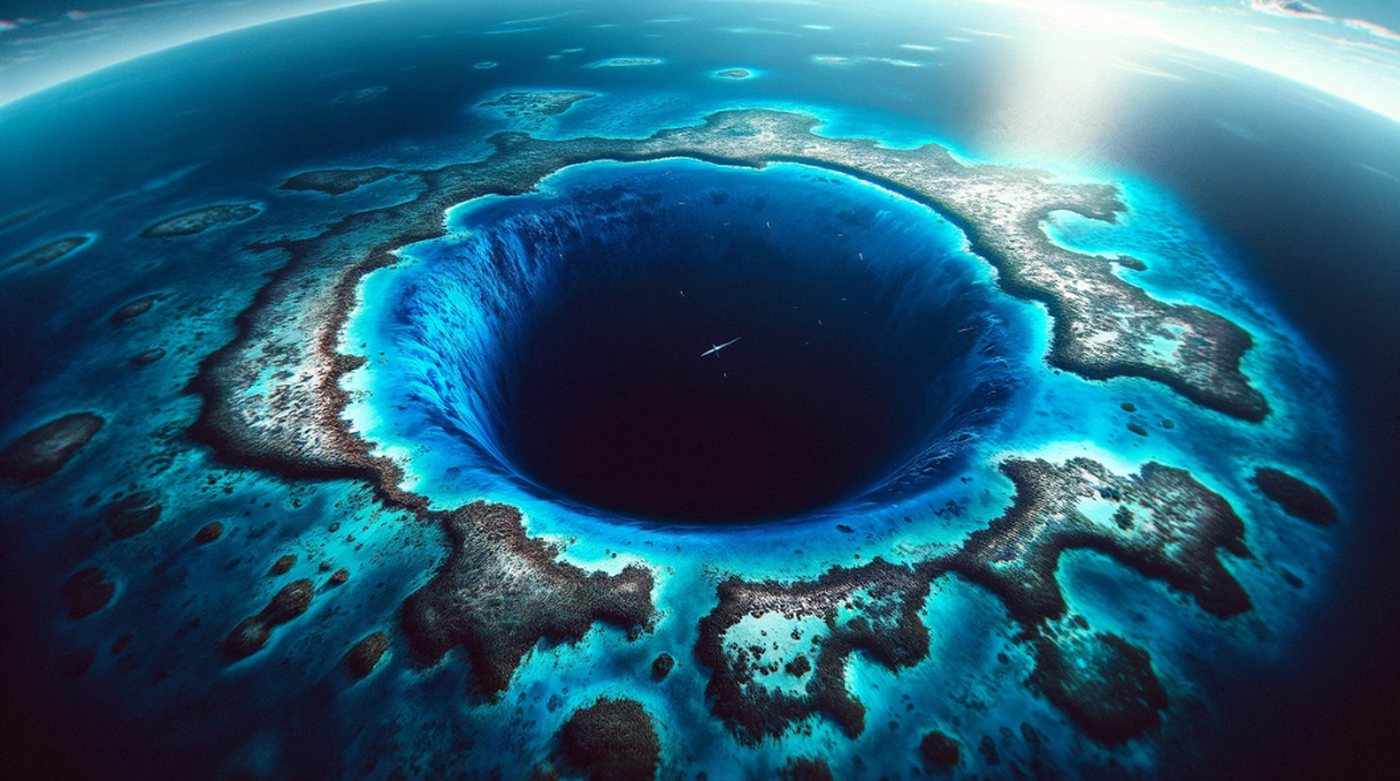Researchers have recently identified what could be the deepest blue hole on Earth, named the Taam Ja' Blue Hole, located in Mexico's Chetumal Bay. A new study published in "Frontiers in Marine Science" reveals that this underwater sinkhole extends down to an astonishing depth of 1,380 feet—almost as tall as the Trump Tower in Chicago.
Significance of the Depth
This depth surpasses the previous record holder, the Sansha Yongle Blue Hole in the South China Sea, by 480 feet. The vastness of the Taam Ja' Blue Hole suggests a rich, unexplored habitat, possibly teeming with unknown marine life.
Formation and Nature of Blue Holes
Blue holes are natural phenomena formed by glacial runoffs. They are essentially submerged vertical caves that extend deep into the earth, creating expansive underwater sinkholes that appear sapphire from above. Known scientifically as Karst formations, these structures are not only deep but may also spread sideways into sprawling tunnels and caves.
Challenges in Exploration
Exploring these mysterious depths is fraught with challenges, primarily due to the absence of oxygen and the presence of hazardous gases like hydrogen sulphide. This requires divers to use specialized equipment and possess considerable expertise, limiting access and making these blue holes captivating subjects for scientific research.
Technological Advances in Exploration
Despite being discovered in 2021, initial explorations with echo-sounders only reached about 900 feet. More recent explorations utilized advanced technology like the CTD (Conductivity, Temperature, and Depth) profiler, which provides real-time water data, but still did not reach the bottom of the hole.
Mysteries and Potential Discoveries
The true bottom of the Taam Ja' Blue Hole remains a mystery, speculated to contain a network of caves and tunnels that could house unique ecosystems. These ecosystems may support forms of life that are yet to be observed, potentially offering insights comparable to those of extraterrestrial environments.
Implications for Science
The existence of such extreme habitats on Earth challenges our understanding of life and its resilience. Previous studies in similar environments, like the blue holes in the Bahamas, have uncovered unique bacteria thriving in total darkness, hinting at the types of discoveries that might await in the depths of the Taam Ja' Blue Hole.








